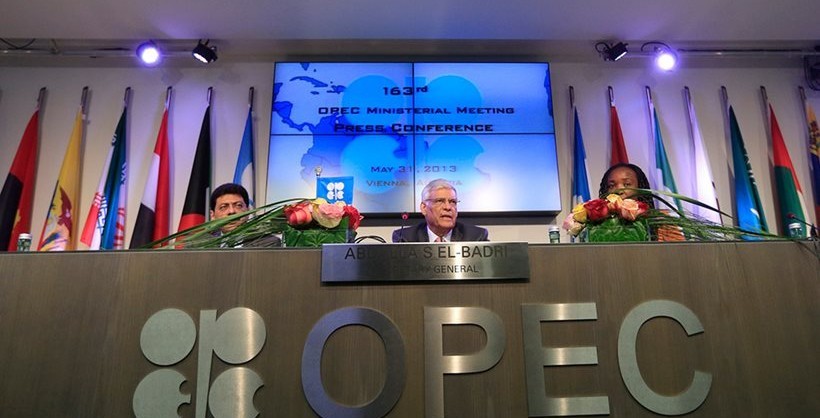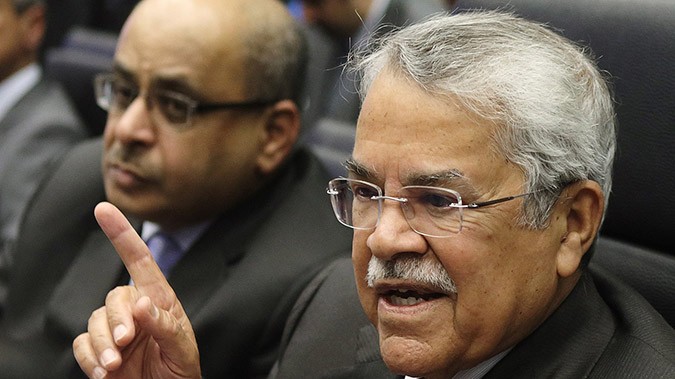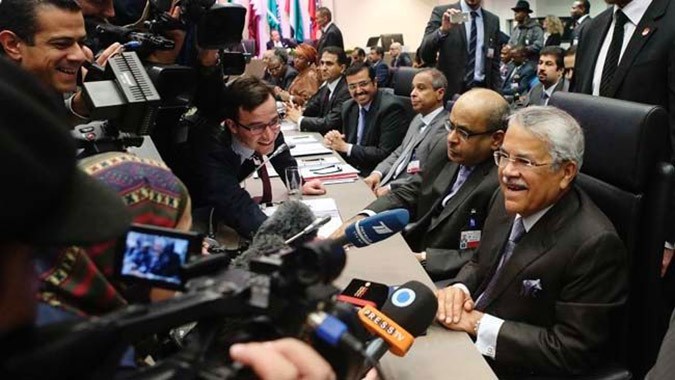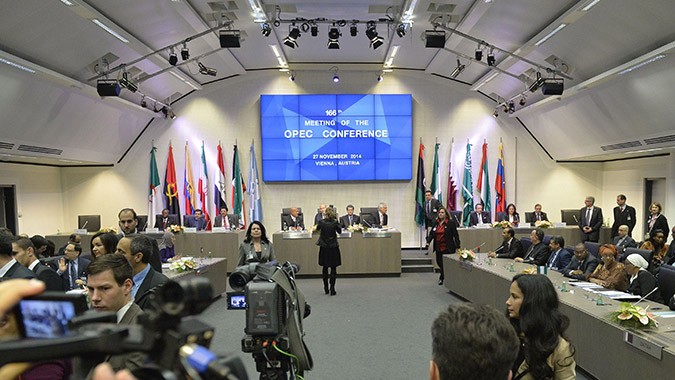Following the oil price plunge in the last few months, which was triggered by low demand, a logical reaction for the countries participating in the Organization of the Petroleum Exporting Countries (OPEC) would be to reduce their official oil production targets.
However, in their biannual meeting in Vienna held on 27 November, the twelve members of the economic cartel decided after five hours not to reduce the daily oil output.
The market’s reaction was swift and prices of “black gold” plummeted to a four-year low, below the “barrier” of $70, while some estimate that they may even drop to $60 a barrel.
Why did OPEC take this decision? According to some analysts, the organization didn’t want to concede market share to US shale oil companies. But BNP Paribas says that such a strategy would cause prices to remain at $70 a barrel for a prolonged period, resulting in great losses for many members of OPEC.
The richest cartel members, namely Saudi Arabia, Qatar, Kuwait and the United Arab Emirates want to maintain their official joint production target, keeping prices low. On the other hand, Venezuela, Nigeria, Iran, Iraq and Ecuador, i.e. the countries that are most affected, ask for the reduction of output, as low prices bring high losses in state revenues. According to IMF, Iran, Iraq and Algeria need a $100 price per barrel to balance their budgets.
Prices have entered a downward trend since mid-June and fell over 30%, due to high supply in relation to demand, and now it’s time to take stock and figure out who stands to lose and who to gain.




































